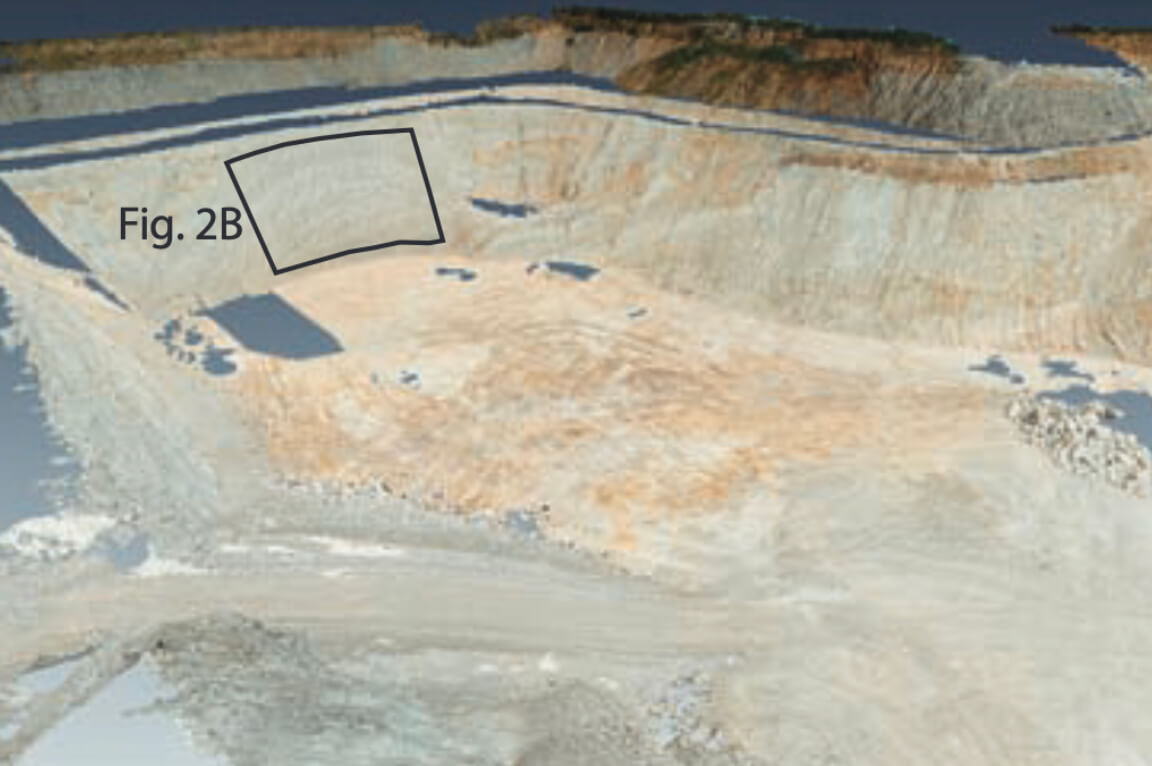
How to Cite
Share
Abstract
Geological outcrops can be comfortably modelled in three dimensions in the office using images from a handheld digital camera. Recent developments within the imaging techniques of Structure from Motion (Lowe 2004; Snavely et al. 2008; Fonstad et al. 2013) and photogrammetry (Hirschmüller 2005; James & Robson 2012; Favalli et al. 2012) have made it easier and cheaper to construct so-called digital outcrop models using stereoscopic images from standard digital cameras. The digital outcrop model (Bellian et al. 2005) is a 3D representation of the outcrop surface and is often displayed in the form of a polygon mesh or a point cloud. In this paper we present three examples of such point clouds from images obtained with a handheld digital camera. The examples illustrate how outcrop topography or digital outcrop models can be constructed at different scales, with different accessibility and operational platforms. Two examples illustrate outcrop scales of metres to kilometres, with images obtained by walking along excavated exposures in the Faxe limestone quarry and from a boat sailing past the coastal cliff of Stevns Klint. The third example illustrates detailed micro-topography of ice and snow surfaces where the images were obtained from a snowmobile on an ice cap in A.P. Olsen Land, North-East Greenland.
How to Cite
Share
Copyright (c) 2015 Erik Vest Sørensen, Morten Bjerager, Michele Citterio

This work is licensed under a Creative Commons Attribution 4.0 International License.
Downloads
Editors Ole Bennike, Adam A. Garde and W. Stuart Watt
This Review of Survey activities presents a selection of 20 papers reflecting the wide spectrum of activities of the Geological Survey of Denmark and Greenland, from the microscopic to the plate-tectonic level.
The Survey’s activities in Denmark are illustrated by eight articles [...]









